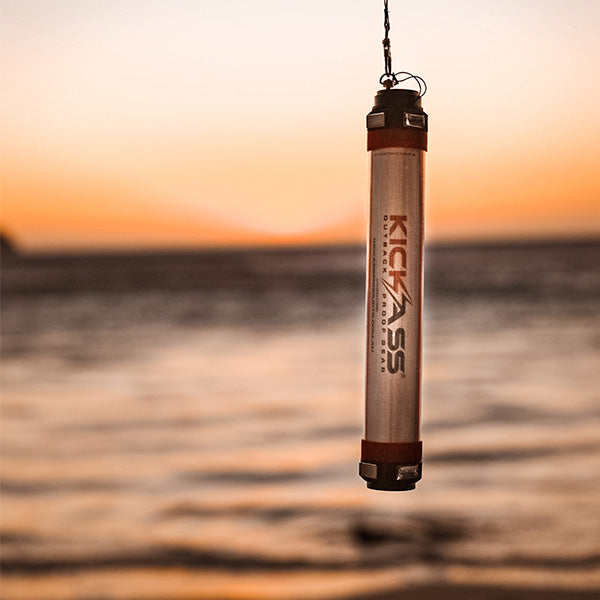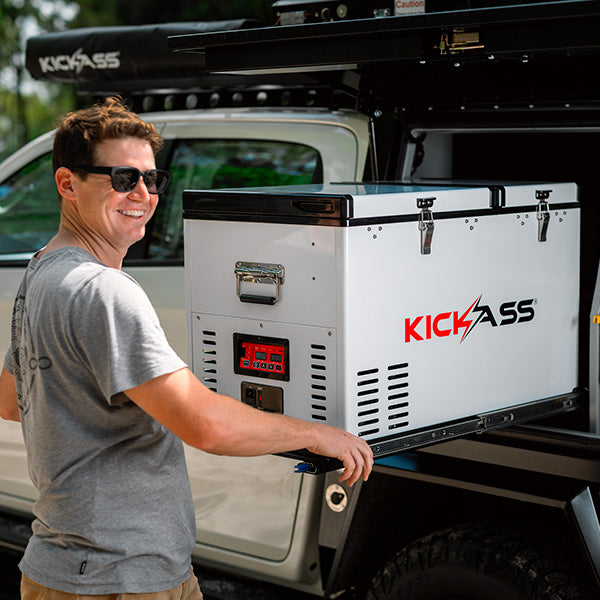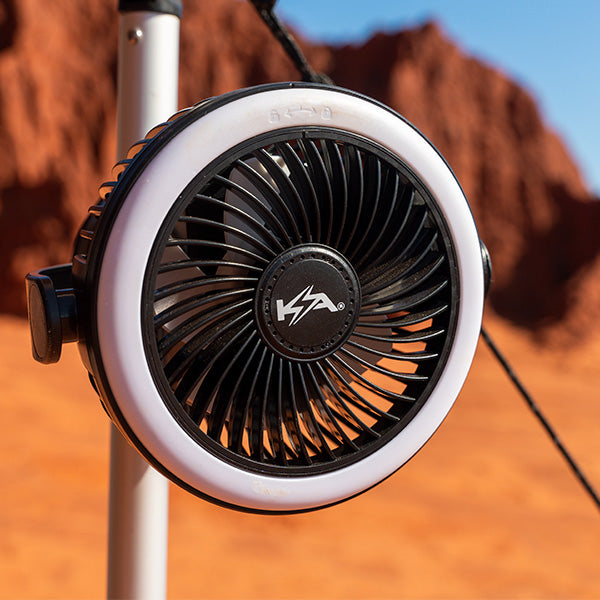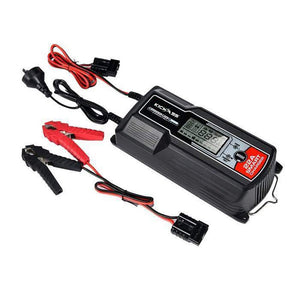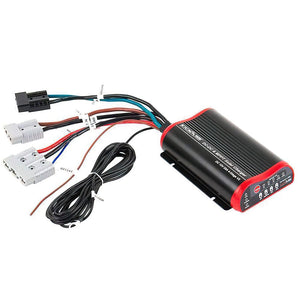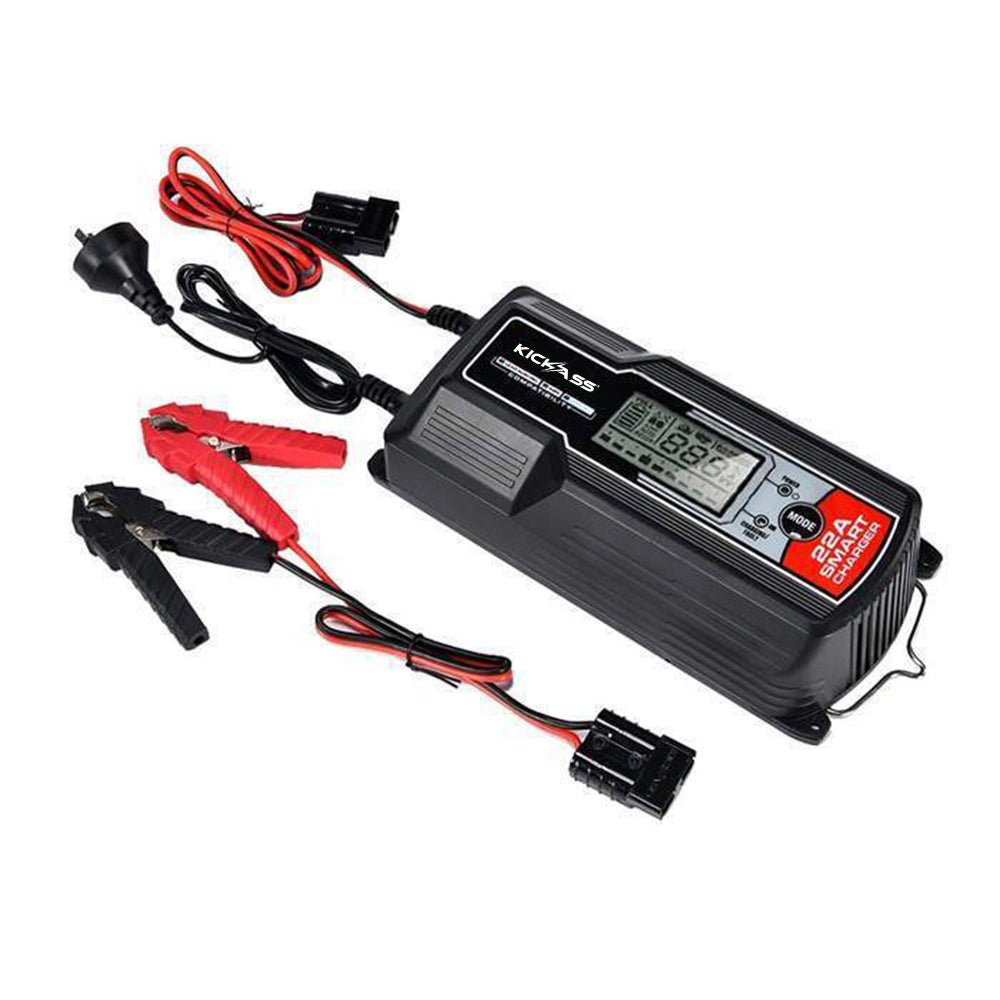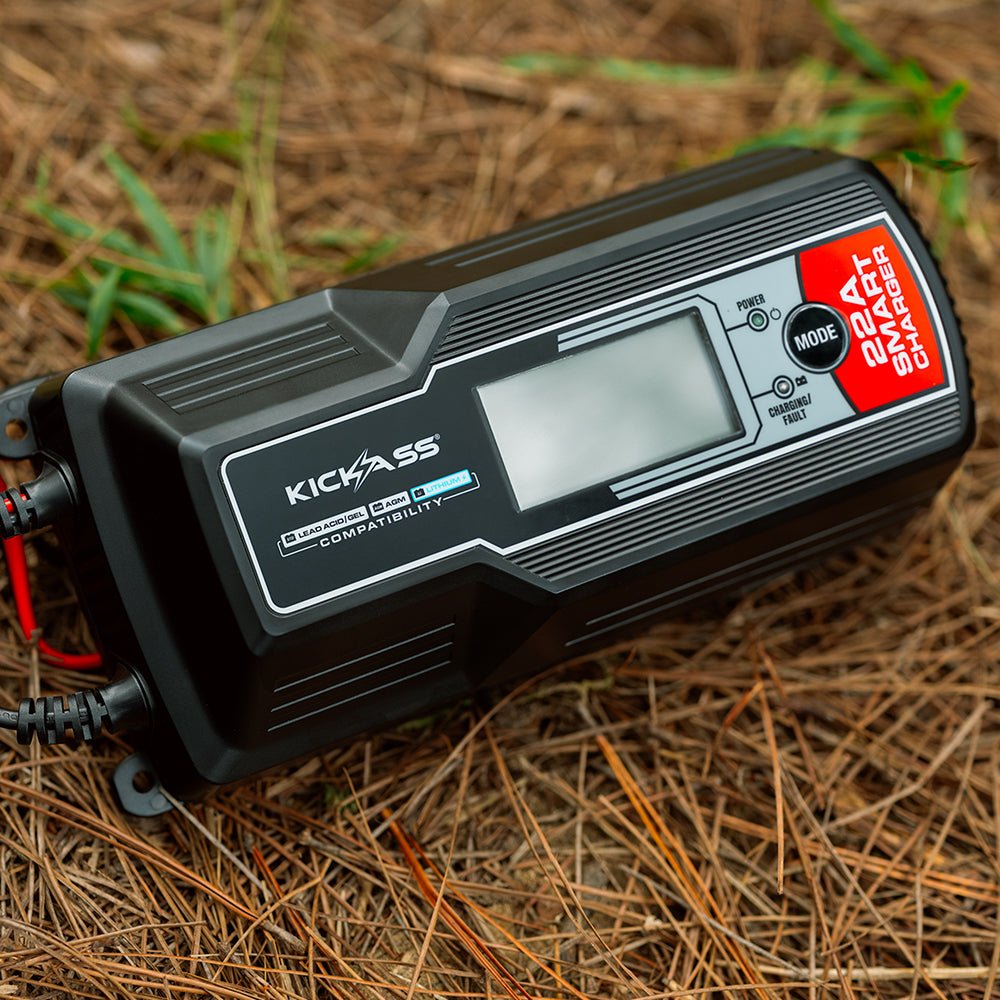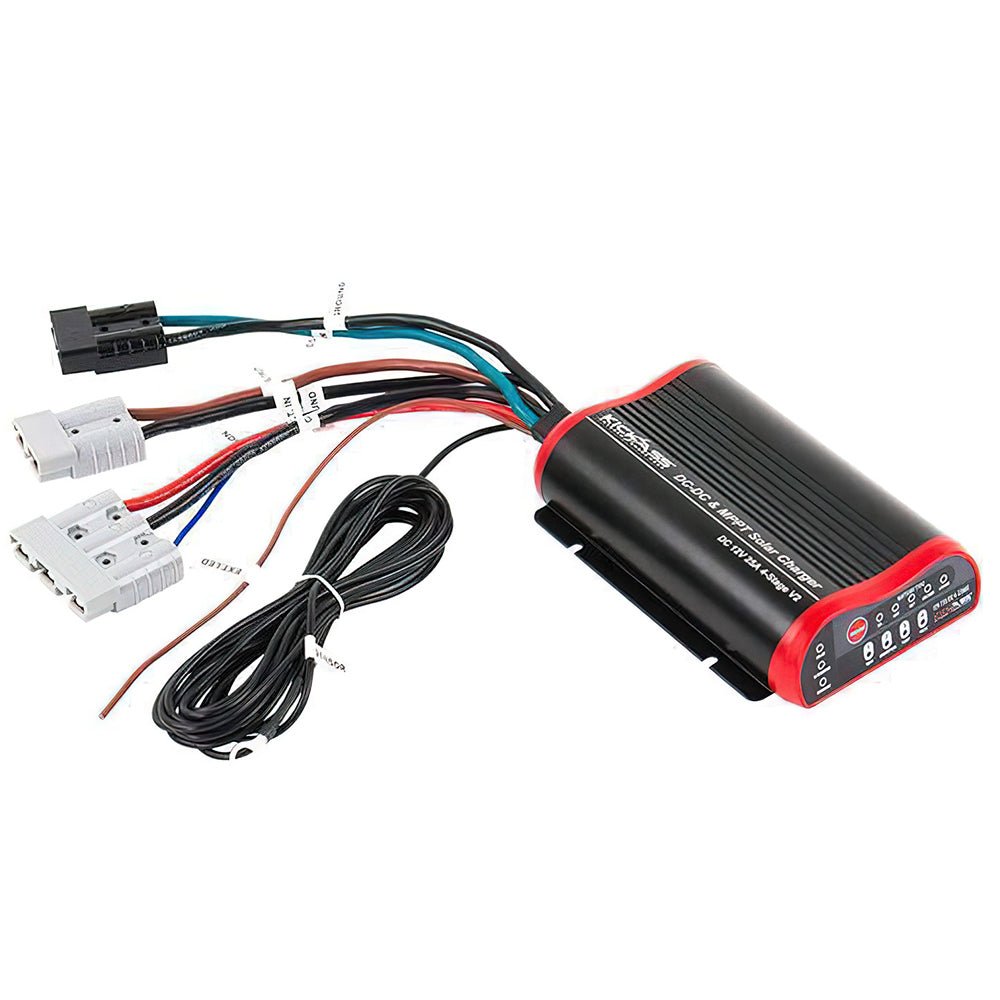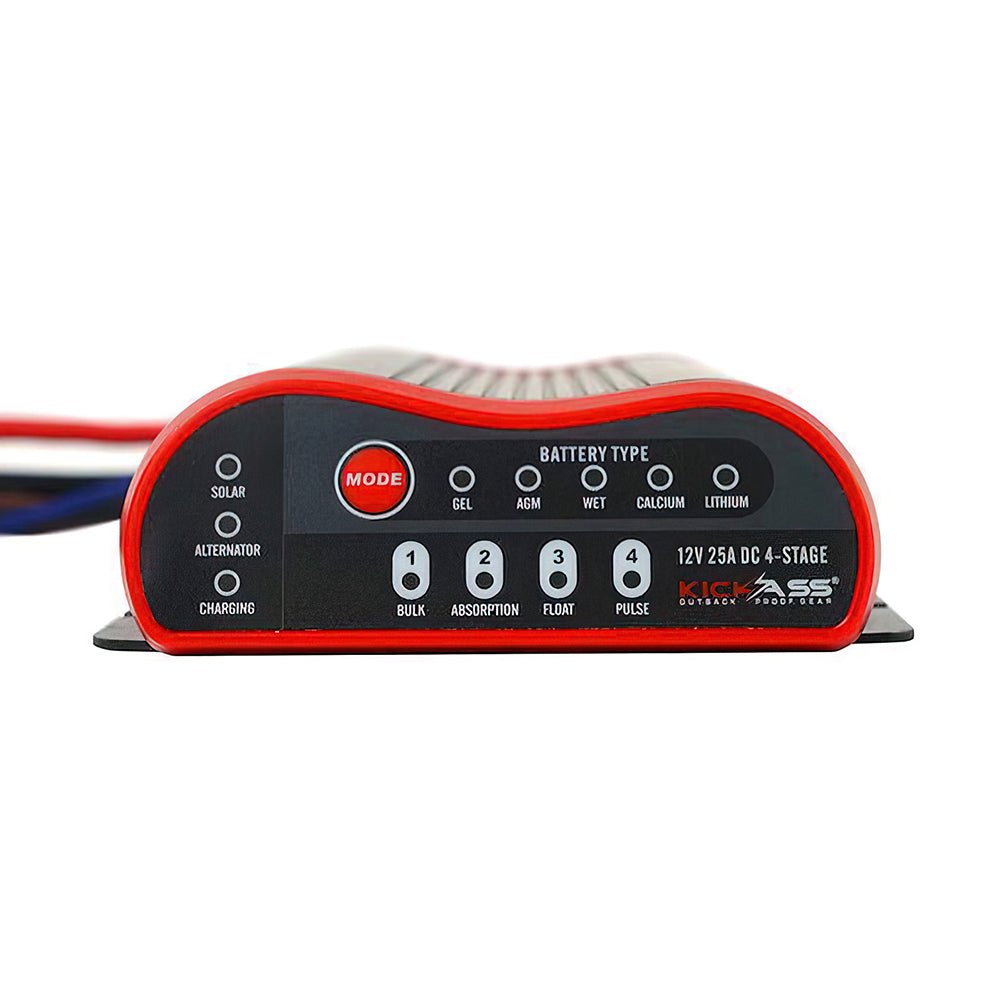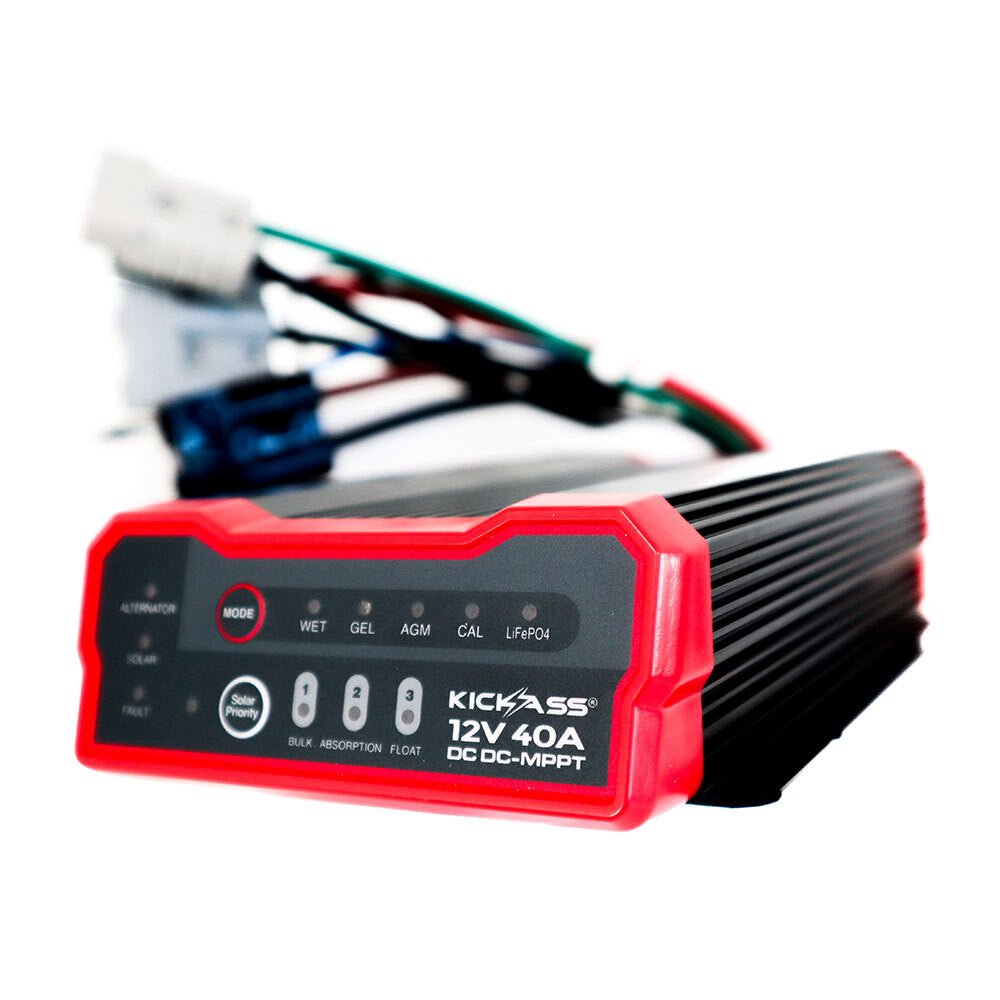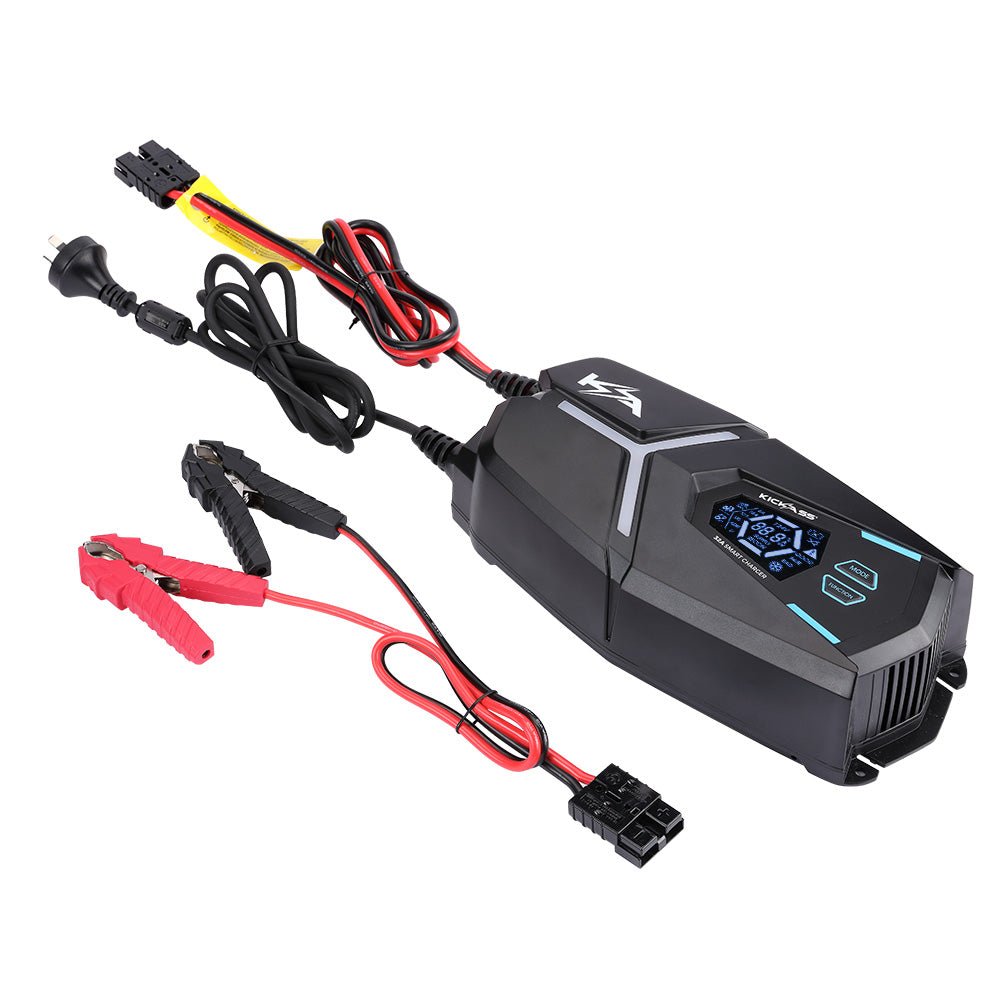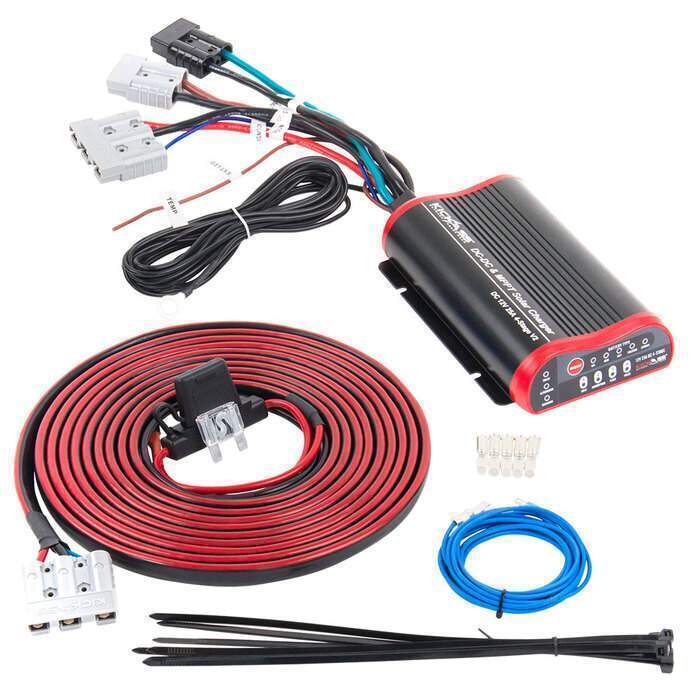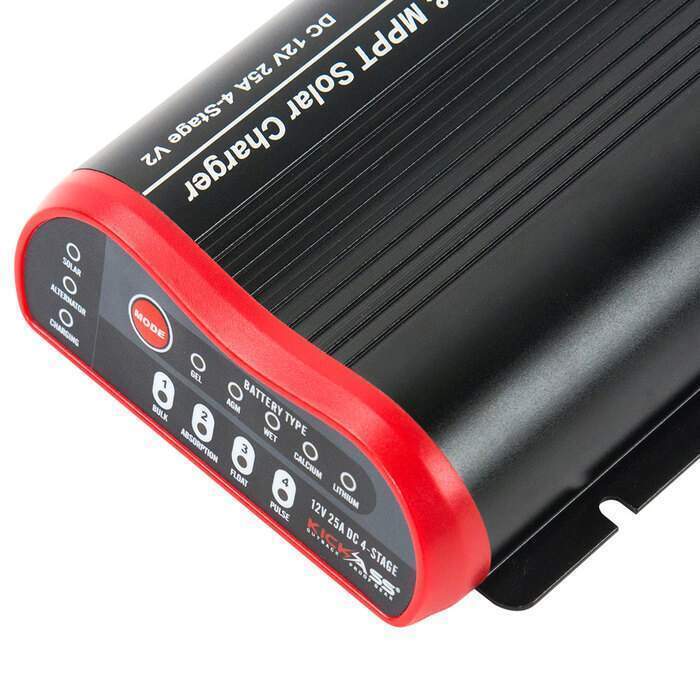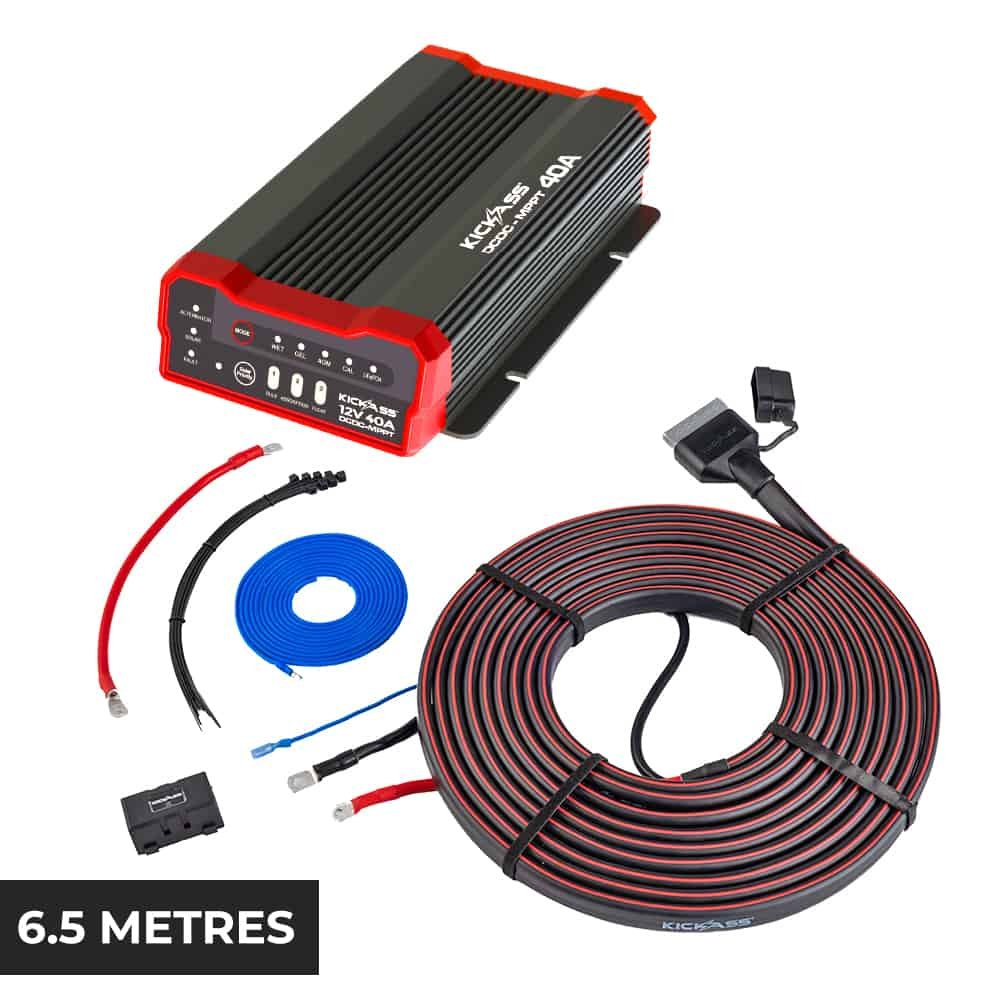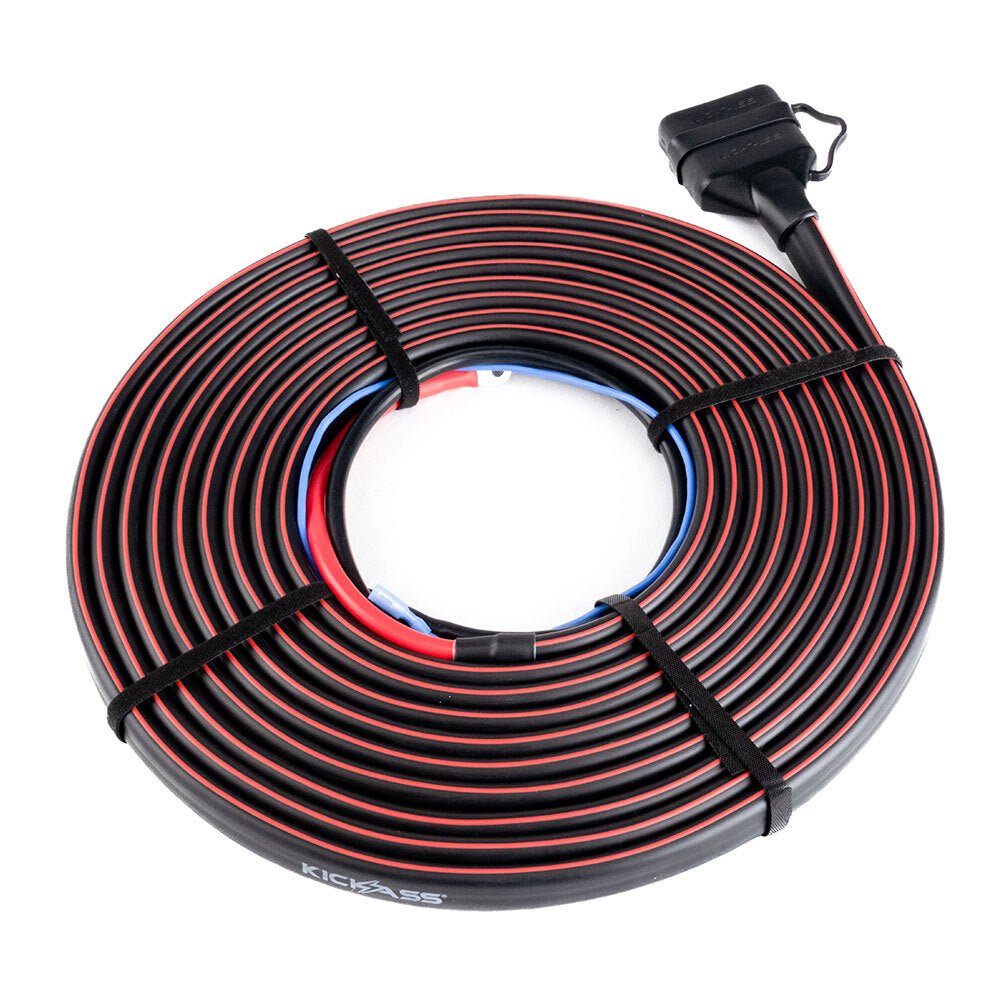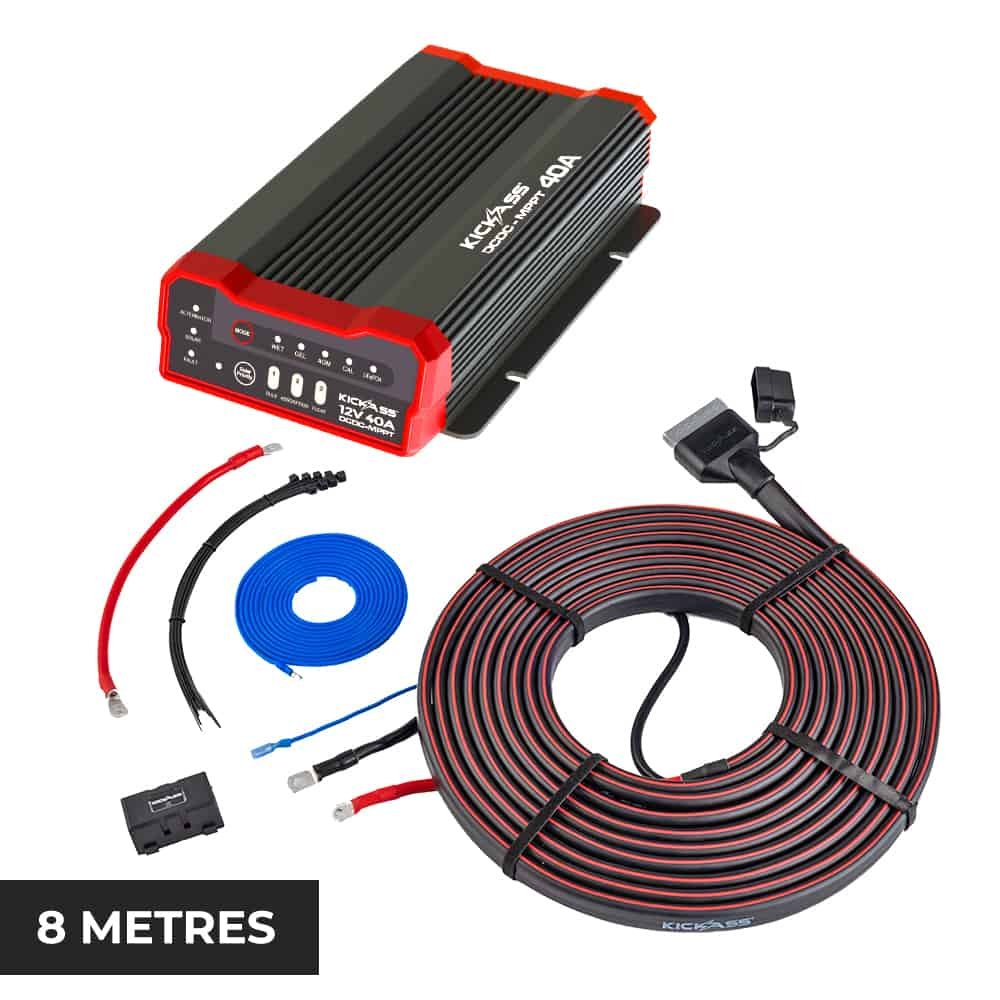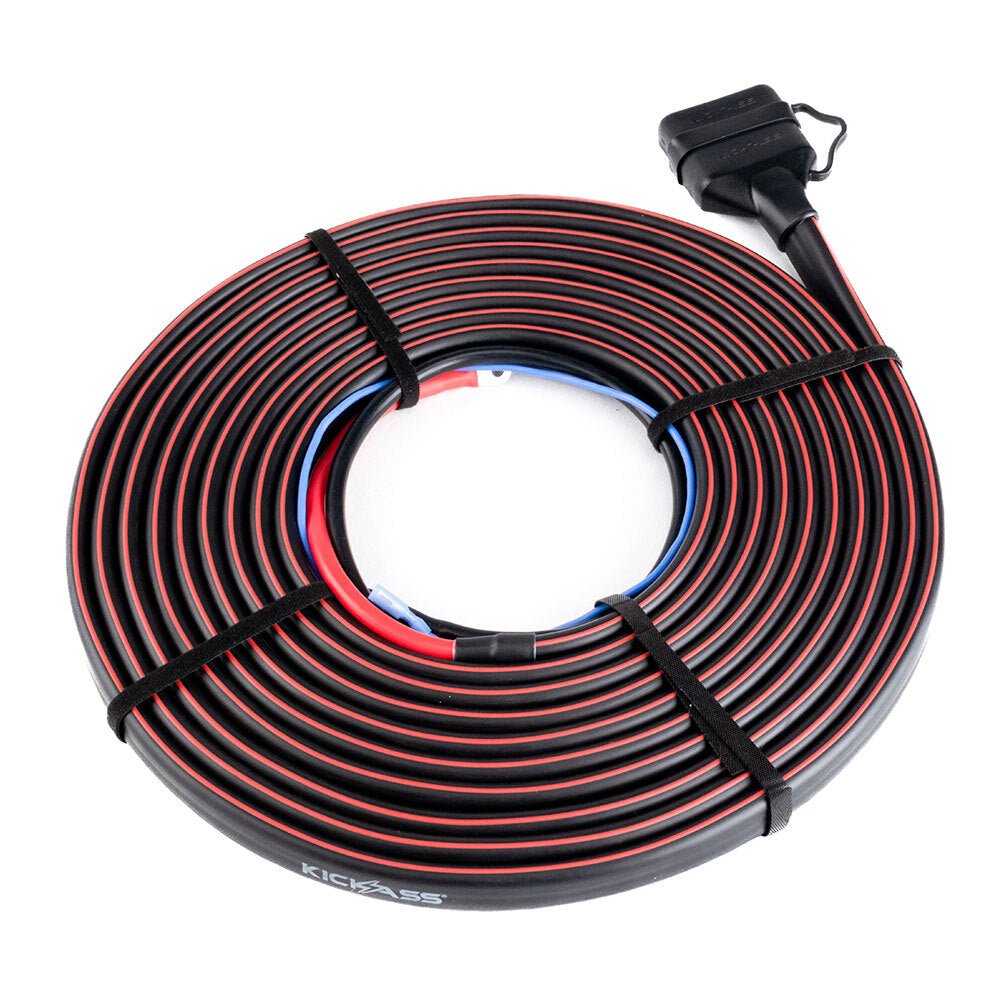
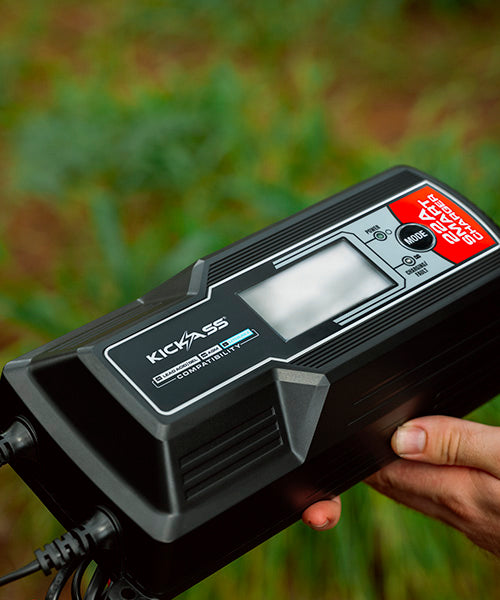
12V Battery Chargers
If you’re using a 12V auxiliary battery to power your campsite or caravan setup, or even your boat or 4WD, then you’ll certainly need a 12V battery charger. When choosing a 12V battery charger there are several things to consider, most importantly your battery specifications and type – that is, whether it’s an AGM or Lithium – and select a charger that is compatible. If you have a collection of different batteries, then you may like to consider a universal 12V battery charger, as you’ll be able to use it on a variety of battery types. At KickAss, for example, our 12V 22Amp Automatic AGM and Lithium Battery charger will charge AGM, Lead Acid and Lithium batteries, making it extremely versatile.
Filters
7 products
Fast dispatch
Orders are dispatched within 48 business hours or you can pick up in-store within the hour.
Local 12 volt experts
Chat to our local 12v experts for specialist knowledge and advice.
Over 500,000 customers
Join a KickAss community of over 500,000 adventure lovers.
Join the KickAss Club
Earn points & exclusive rewards every time you shop with us!

